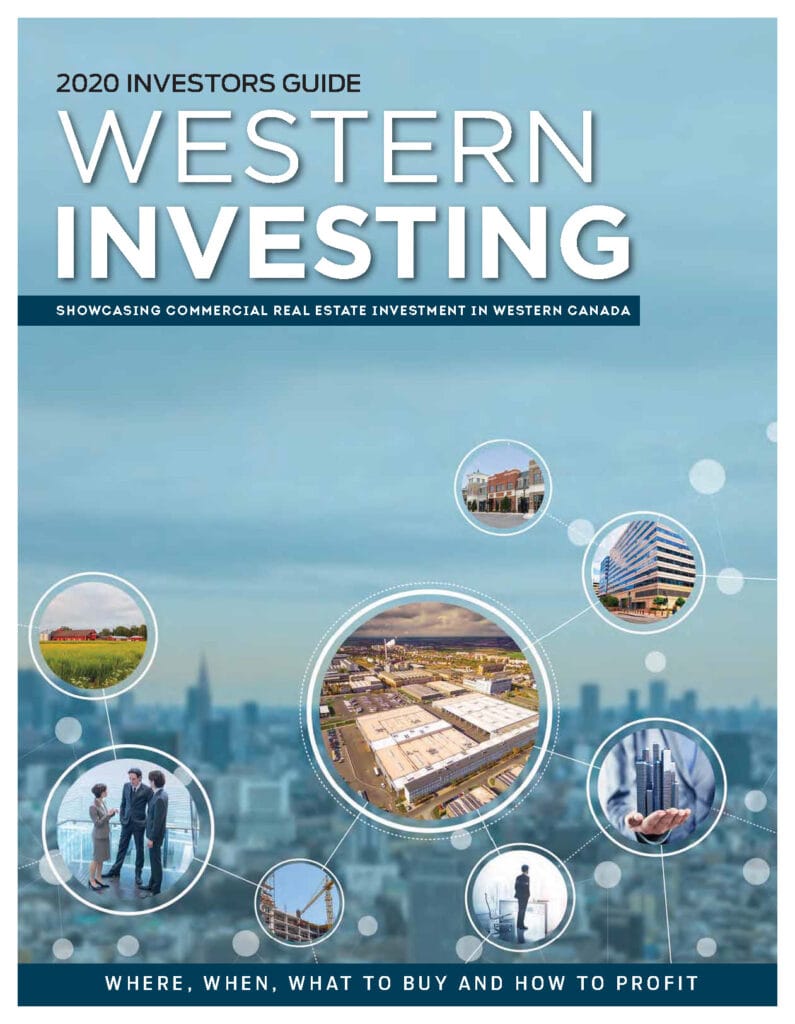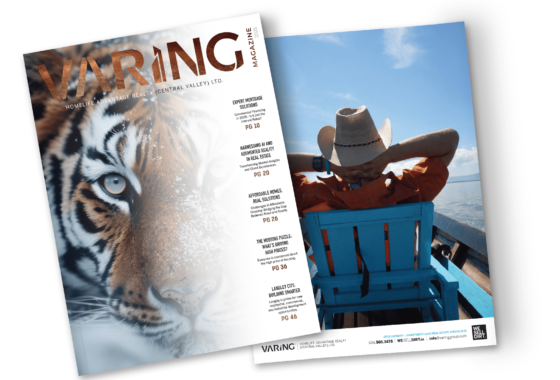Decade of Demand Begins with Land
Unprecedented immigration and demographic trends increase pressure on land values across B.C.’s Lower Mainland
The last decade was interesting to say the least in B.C.’s Lower Mainland: sight-unseen offers over asking, pre-sale lineups, speculation of agricultural land, and aggressive foreign investors.
Those days are long gone. However, this new decade will be just as interesting as we return to where it all started: the dirt.
When large investment funds and real estate investment trusts start buying decrepit malls, movie theatres and car dealerships, we know change is on the horizon. These investors aren’t purchasing for the underperforming income-producing asset, but rather for the land beneath it. Land is and will remain the most valuable resource in the Lower Mainland.
Here’s why:
Aging population downsizing: Canada is ranked 29th among 230 countries for having the oldest average age, at 41. Studies show that B.C. not only has an aging population but also is the preferred retirement destination for Canadians. While Vancouver may prove too costly for some retirees, Fraser Valley multi-family plays will soar in popularity. This aging cohort will be seeking townhomes or condos, leading to increased demand for multi-family development land.
Immigration trends: B.C.’s population grew by more than 70,000 in 2019 with Surrey alone adding more than 16,000 new residents. B.C. also saw a 40-year high of 28,000 non-permanent residents. This significant swelling of the population will add further pressure in the land constrained Lower Mainland.
Underbuilding of cities: A recent study by Landcor Data Corp. demonstrated the noticeable underbuilding of several Lower Mainland cities. Surrey, for example, has the highest number of residents per dwelling unit at 4.06. Vancouver has 3.37 persons per home, and Burnaby, New Westminster and Langley all have a ratio of more than three persons per household unit. I believe that with an aging demographic, smaller families, and the preference towards urban living, density will need to be dramatically increased in order to address the person per-unit ratio.
What this means for land: While overall land sales were down roughly 70 per cent in the Lower Mainland in 2019, properties near existing or future transit changed hands at record prices. Land sales are driving transactions of underperforming shopping malls, car dealerships and even 30-year-old townhouse complexes, all because of the valuable dirt.
These properties, even at higher prices and low capitalization rates, are more attractive than greenfield land sites as cities increase development cost charges, landlift fees and property taxes while requiring rigorous environmental studies. These local issues, coupled with limited landmass, hundreds of thousands of new residents and demographic demand, will spark a flurry of demand for income-producing properties that offer future development. Although these properties may offer smaller returns in the short term, the future value of well-located development land is unlimited.
View the original article here: Western Investing 2020: Decade of demand begins with the land


